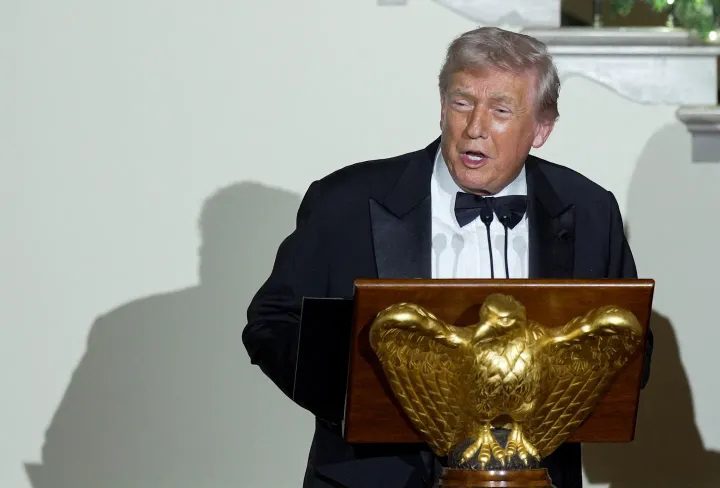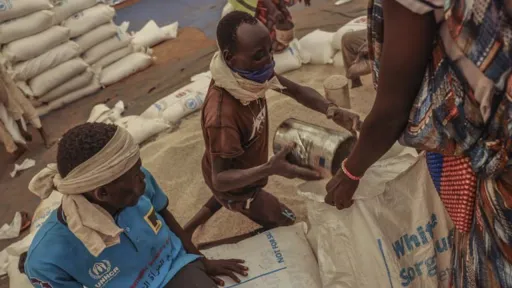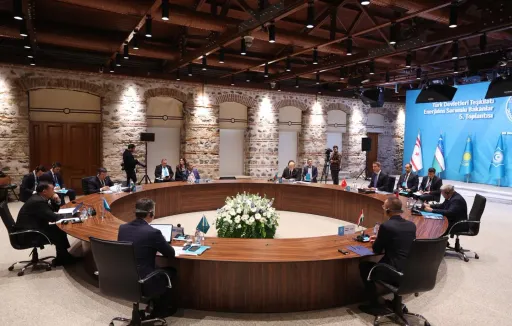By Ibrahim Karatas
Anadolu has a range of 9.000 nautical miles and can cruise with a maximum speed of 21 knots to carry 41 UCAVs or 29 helicopters (11 UCAVs or 10 helicopters in the 5.440 square metre flight deck and 30 UCAVs or 19 helicopters in hangar) together with 1,223 military personnel.
Alternatively, it can transport 27 armed amphibious vehicles and 30 main battle tanks. The ship can also be used as a hospital facility in times of crisis.
TCG-Anadolu was originally built as a Landing Platform Dock (LHD) on which the Turkish Navy planned to deploy helicopters and fighter jets. The plan was tweaked and Turkish engineers then transformed it into a UCAV carrier, a first in navy history.
Anadolu will be able to carry out operations with Bayraktar TB-3, Akinci and Kizilelma drones as well as Hurjet light combat aircraft. The first take-off by TB-3 will happen in early 2024.
TCG-Anadolu is unique in many aspects and will be a force multiplier for the Turkish army. Technically, although it has the same design as the Spanish ship Juan Carlos I, the catapult, which will launch drones and light combat jets, takes the vessel to an upper level.
Confidence and courage
While similar LHDs are designed for the landing of helicopters, on Anadolu, not only aircraft taking off vertically but those needing short runways can operate on it.
This specification has quickly inspired other navies, with the American, Chinese and Japanese reportedly planning to acquire similar ships.
If they follow the steps of the Turkish army, Turkiye is going to introduce a perhaps first-ever new concept to the naval world.
The warship gives confidence and courage to Turkish shipyards and the government to construct such giant ships.
President Erdogan has already stated that they will start production of a larger aircraft carrier.
While the Spanish firm Navantia provided technology transfer, design and some crucial equipment for TCG-Anadolu, the next big-sized ships will be produced indigenously.
As a result, one of the most critical gains for Turkiye is the technology to build such ships. Turkish producer(s) will most probably build for foreign customers and turn their experience into revenue as well.
Paving ways
Furthermore, the Turkish army will be able to effectively use some of its aircraft in the inventory of air forces on a naval platform.
This means that instead of attacking enemy targets with warships, drones will take off from Anadolu and bombard facilities as far as 1000 km from the ship.
Moreover, besides attacking the enemy while anchoring, the ship also extends the range of drones by being an air base in the sea. Anadolu will also enable operations in far destinations.
For instance, if it was in the inventory during the Turkish army's military operation in Libya, the result could have been more decisive, quick and effective.
Surrounded by three seas, the biggest threats to Turkiye’s security will likely come from the sea.
The more powerful the navy is, the more deterrent it is. TCG-Anadolu will transfer troops, munitions, aircraft, missiles, etc., from one sea to another in large volumes and with less cost.
Based on the above contributions to the Turkish army, the brand-new ship will pave the way for political gains, too.
Biggest-ever weapon
First, as the capacity and capability to transfer troops and weapons in large numbers are possible now, Turkiye is strengthening its regional standing.
TCG-Anadolu is like a mobile base which can be anchored at any sea. One can see it near Libyan shores or the Red Sea or the Baltic.
Such a power showcase will naturally give confidence to friends and allies (e.g. those in NATO) of Turkiye while causing concern in the capitals of adversaries.
It may even force those in contention with Turkiye to solve their problems peacefully. In other words, Anadolu, a hard power instrument, may provide a new environment to end conflicts.
Overall, TCG-Anadolu is the biggest weapon Türkiye has ever produced, and it will have political, economic and regional impacts.
It proves that big projects built at the correct time for the correct needs boost a leader’s as well as a country’s prestige, not to mention other contributions.
TCG-Anadolu is not just a military project but also a giant monument indicating Turkiye's ambition, passion and future plans.
The author, Dr Ibrahim Karatas, is a political analyst and journalist who specializes in Turkish foreign policy, the Middle East and security.
Disclaimer: The viewpoints expressed by the authors do not necessarily reflect the opinions, viewpoints and editorial policies of TRT Afrika.
























